Search
Remove Ads
Advertisement
Search Results
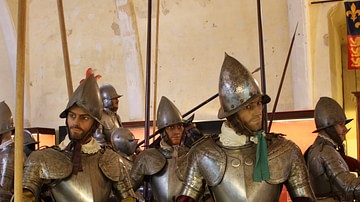
Article
Weapons of the Conquistadors
The Iberian conquistadors ("conquerors") were the first military men to explore, attack, and conquer territories in the Americas and Asia that would then become a part of the Spanish or Portuguese Empire. Indigenous peoples could not match...
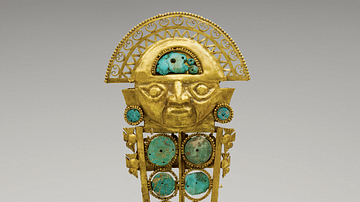
Article
The Gold of the Conquistadors
The staggering quantity of gold the conquistadors extracted from the Americas allowed Spain to become the richest country in the world. The thirst for gold to pay for armies and gain personal enrichment resulted in waves of expeditions of...
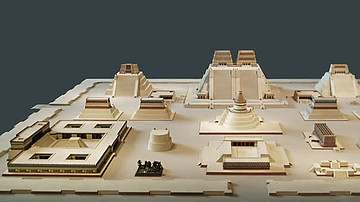
Definition
Tenochtitlan
Tenochtitlan (also spelled Tenochtitlán), located on an island near the western shore of Lake Texcoco in central Mexico, was the capital city and religious centre of the Aztec civilization. The traditional founding date of the city was 1345...
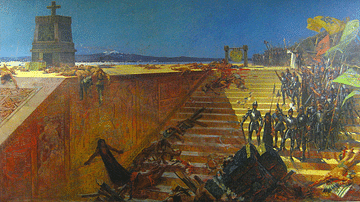
Image
The Last Days of Tenochtitlan
An 1899 painting by William de Leftwich Dodge (1867–1935) depicting the last stand of the Aztecs during the siege of Tenochtitlan by Hernán Cortés in 1521. (Howard Tilton Library, Tulane University, New Orleans)

Article
Turquoise in Mesoamerica
Turquoise was a highly-prized material in ancient Mesoamerica, perhaps the most valued of all materials for sacred and decorative art objects such as masks, jewellery, and the costumes of rulers and high priests. Turquoise was acquired through...

Article
Medieval Climate Anomaly in the Americas
To climatologists, the period of seven to twelve centuries ago was known as a "Climate Anomaly" or a "Warm Period" (800-1300 CE). To archaeologists, it was a time of great change, a period when cultural patterns were put into place that lasted...

Video
Conquistadors and Aztecs - A History of the Fall of Tenochtitlan | Interview w/ Stefan Rinke
A highly readable narrative of the causes, course, and consequences of the Spanish Conquest, incorporating the perspectives of many Native groups, Black slaves, and the conquistadors, timed with the 500th anniversary of the fall of the Aztec...

Definition
Spanish Main
The Spanish Main refers, in its widest sense, to the Spanish Empire in the Americas from Florida in the north to the northern coast of Brazil in the south, including the Caribbean. The term was initially more limited and referred only to...
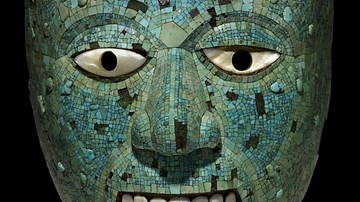
Article
The Mask of Xiuhtecuhtli
The striking turquoise mask now in the British Museum in London is thought to represent Xiuhtecuhtli, the Aztec god of fire, and dates to the final century of the Aztec empire, c. 1400-1521 CE. It is made from hundreds of small pieces of...
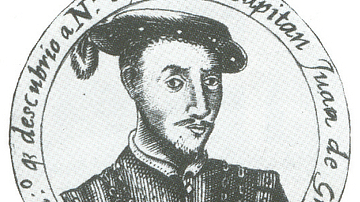
Definition
Juan de Grijalva
Juan de Grijalva (aka Grijalba, 1489-1527) was a Spanish conquistador who explored the eastern coast of Mexico in 1518. His notable achievements included a demonstration that the Yucatán Peninsula was just that and not, as previously thought...